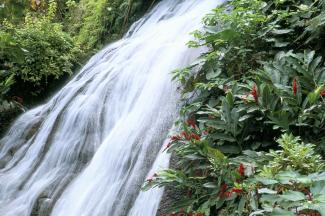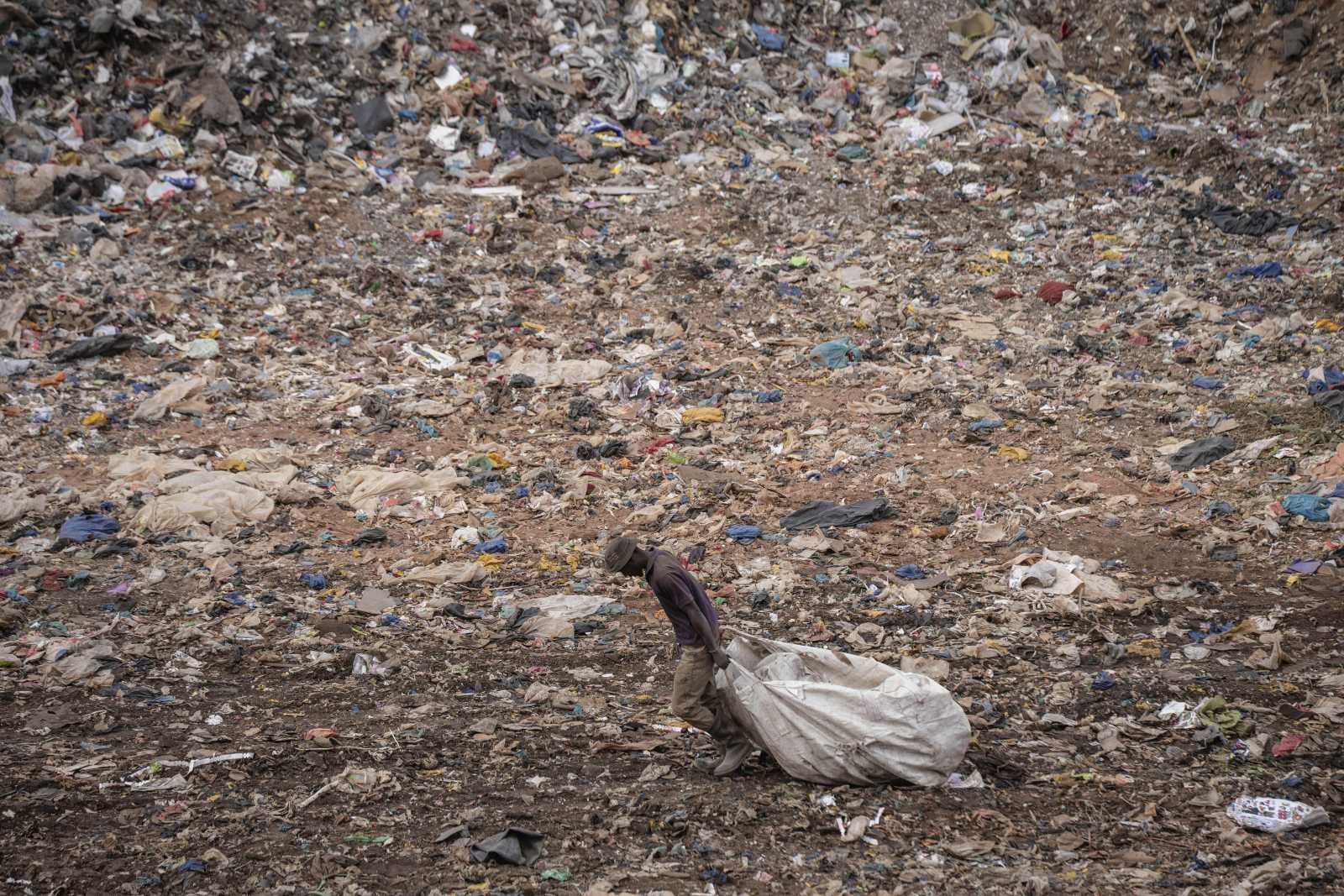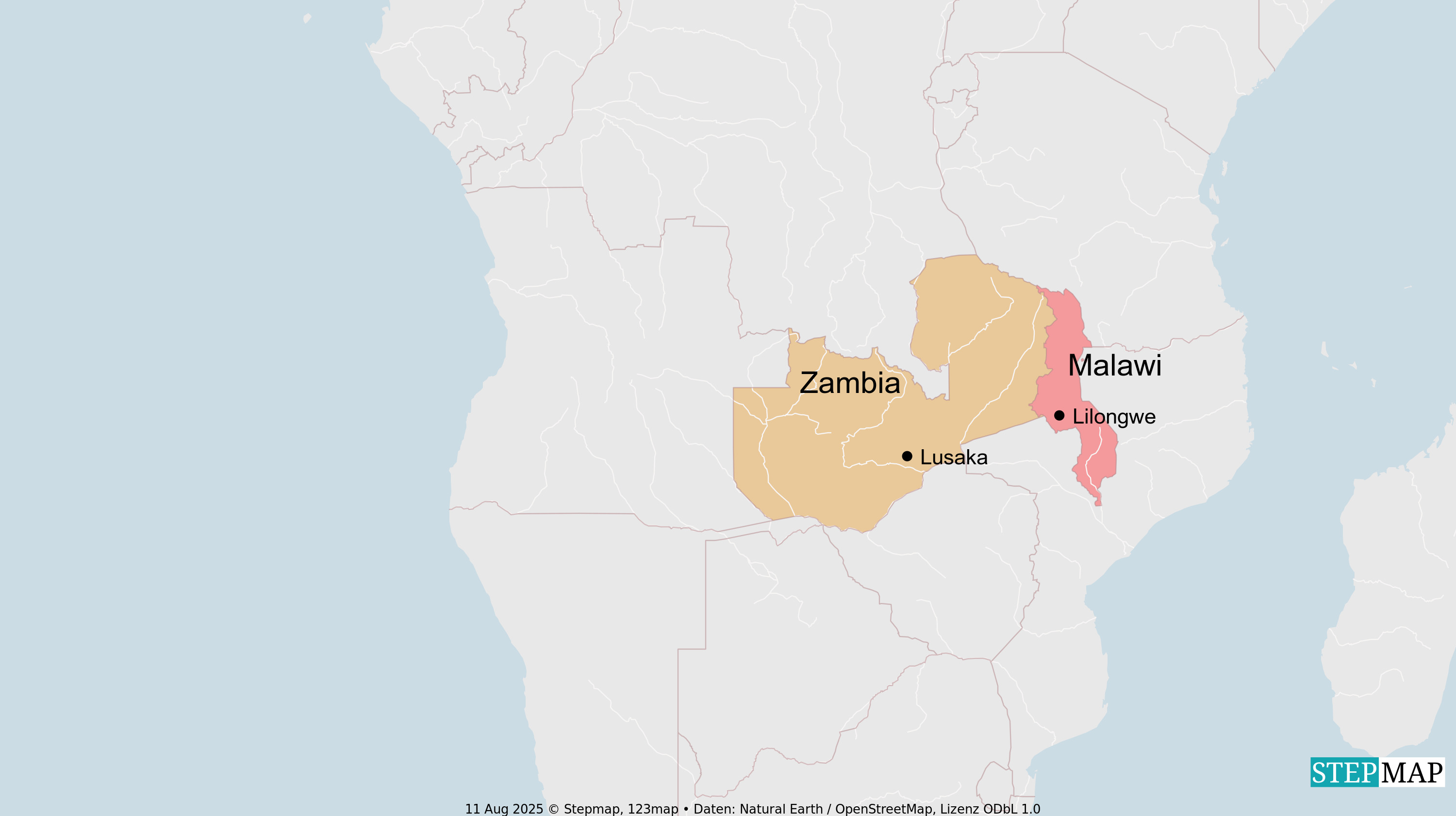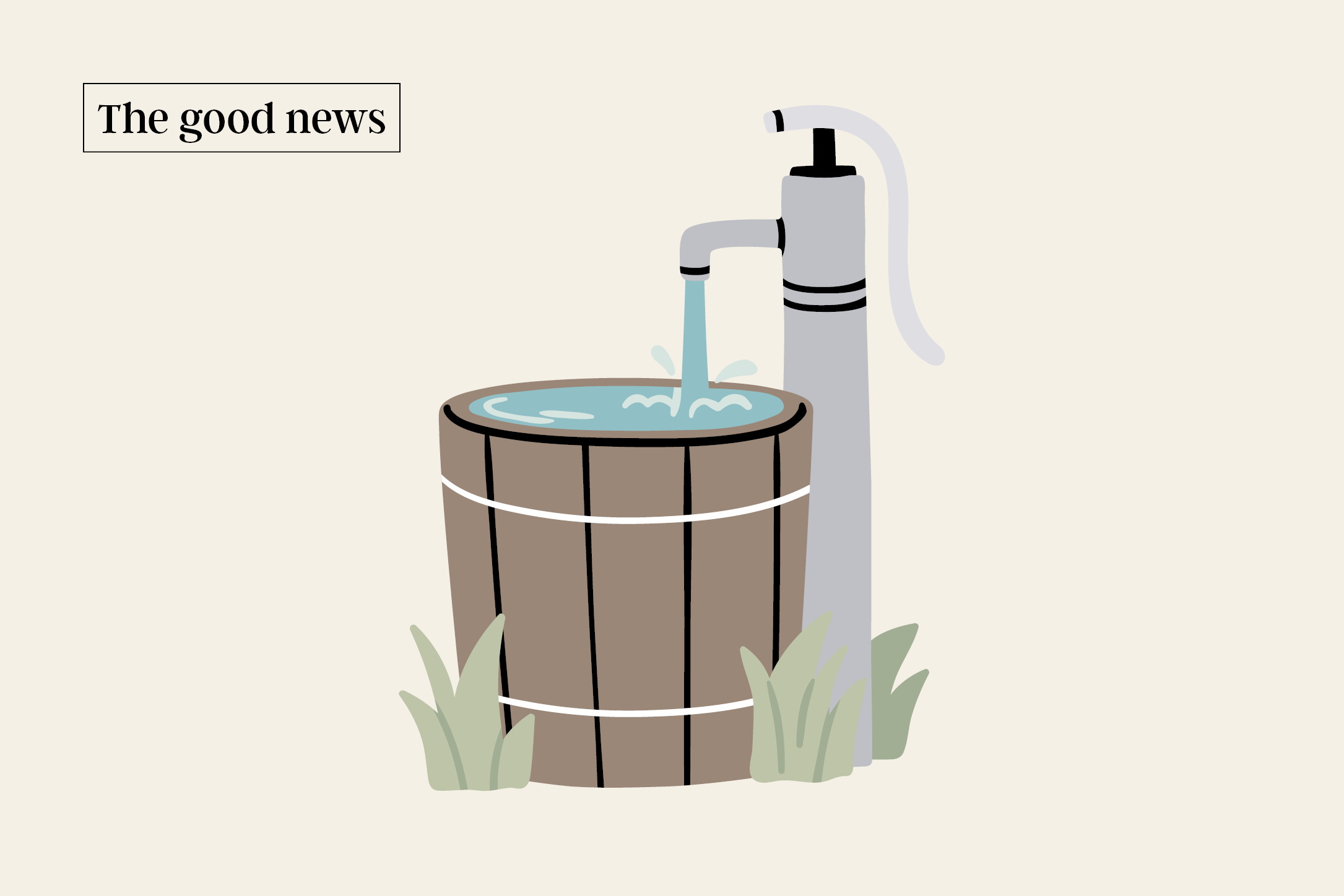Infrastructure
Safe supply

The international standard for drinking water hygiene is the Guidelines for Drinking Water Quality of the World Health Organisation WHO. In 2004, the WHO revised these Guidelines and presented its Water Safety Plan in that context. That was a paradigm change. The approach at the heart of the Plan was first taken by the food industry. Its emphasis is not on controlling the product, but rather the process.
Drinking water contamination is typically only detected when it is too late: after consumption. The reason is that germs in the water have an incubation time. What is considered safe today, is not necessarily safe tomorrow. Microbiological tests in laboratories, moreover, take several days, and in many places, there are no labs at all.
The Water Safety Plan results from a re-think. The guiding principle is to analyse all potential risks and eliminate them before they affect water supply and endanger people. The Plan assesses the water’s catchment area, treatment and distribution. It can be applied to simple wells as well as to highly sophisticated supply systems.
The Water Safety Plan is not about a one-time project, but rather about quality management in a continuous programme. The core components are:
- the description of the supply system,
- the identification of hazards and risks,
- measures to control such hazards and risks,
- validation and finally
- the verification of safe water at the end points.
Wherever the Water Safety Plan is applied, the drinking water quality improves, which, in turn, serves people’s health. Risks of pathogens such as E.coli or cholera are minimised, and so are risks of chemical contamination. Application of the Plan also protects the quantity and quality of untreated raw water. The WHO methodology, moreover, contributes to minimising losses in distribution. It helps to boost the technical infrastructure as well as the management and organisation of any given supply system. Another welcome impact is more and better interaction between those who are responsible for a supply system and the users who depend on it.
One of the Millennium Development Goals was to reduce by half the share of the world population that does not have access to safe drinking water from 1990 to 2015. According to the UN, this goal was achieved in March 2012. Nonetheless, one billion people must still do without safe access, and the Water Safety Plan can contribute to improving their standard of life. Moreover, another MDG – to provide adequate sanitation to 75 % of the world population by 2015 – is likely to be missed. The Water Safety Plan should make a difference in this context too. The reason is that inadequate sanitation typically endangers water safety. Such risks will increase as populations grow, but stringent application of the Water Safety Plan will help identify them early on.
Investors appreciate fully operational and reliable water supply systems that are up to date in terms of technology, hygiene and sustainability, and so do donor institutions. Regular monitoring and review obviously support a supply system’s sustainability. Accordingly, the application of the Water Safety Plan should make it easier to mobilise funding from donors and investors.
Promising results
Eight years after the Water Safety Plan was first launched, assessments and evaluations of its practical application are available. They show that the Plan makes sense. Many governments are studying the methodology or implementing it at the national level. Praiseworthy examples include Uganda, South Africa and Jamaica. Bangladesh, Peru and many other developing countries are testing the Plan. Even rich nations such as Germany, Switzerland and Sweden are taking the new approach. In Germany, the Federal Environment Agency Umweltbundesamt/UBA has become particularly active.
Outside Europe, the main promoters of the Water Safety Plan are the WHO, the International Water Association IWA and the US Centres for Disease Control and Prevention CDC. After the CDC successfully ran a pilot project in Jamaica, the Jamaican government decided to make the Water Safety Plan a component of its National Drinking Water Regulations. There was similar success in Brazil, Australia and other countries.
Unfortunately, the Water Safety Plan is not paid attention everywhere. Many government agencies, particularly in least developed countries, are not informed appropriately. Information and training manuals are only available in a few, mostly European languages. Especially small and rural supply systems struggle to implement the Water Safety Plan unless they get well-focussed assistance. This is not only the case in least developed countries moreover. Other nations similarly face the challenges of tight budgets, lack of qualified staff and difficulties in obtaining spare parts.
Lack of motivation is another relevant challenge. In many places, people say: “We have always been drinking this water.” Or they say: “We’re glad we have water at all.” Of course, such arguing is beside the point. Water is becoming scarcer all over the world, and water-borne diseases remain wide spread.
Rural challenges
In remote rural areas, the Water Safety Plan is particularly relevant, because this is where water supply tends to be especially poor. There is hope however. The WHO has successfully tested a Simple Water Safety Plan in cooperation with the Secretariat of the Pacific Community SOPAC, and Germany’s UBA is drafting a manual that will make it easier for small supply systems to implement the Water Safety Plan. At the same time, Australia’s National Health and Medical Research Council NHMRC is writing a computer programme for implementing the Plan in rural areas. Since information and communication technology is making fast progress in many developing countries, the programme may prove useful there too.
It matters very much to transfer knowledge from countries with experience in implementing the Water Safety Plan to those that do not. Civil society organisations, government agencies, international institutions and universities should assume important roles in doing so. Money should certainly not be spent only on developing water resources and establishing supply systems; funding for staff training, maintenance and hygiene must be made available too.
It would make sense to provide more incentives for implementing the Water Safety Plan. International non-government organisations and governmental development agencies should take note. Knowledge transfer and funding from rich nations can really make the difference.







